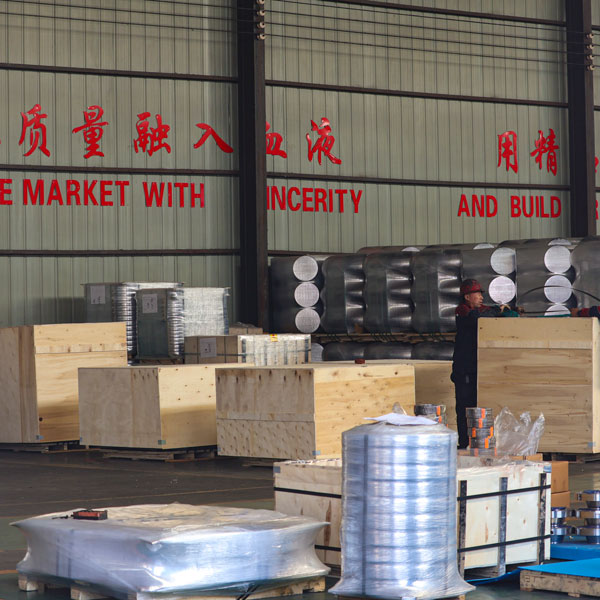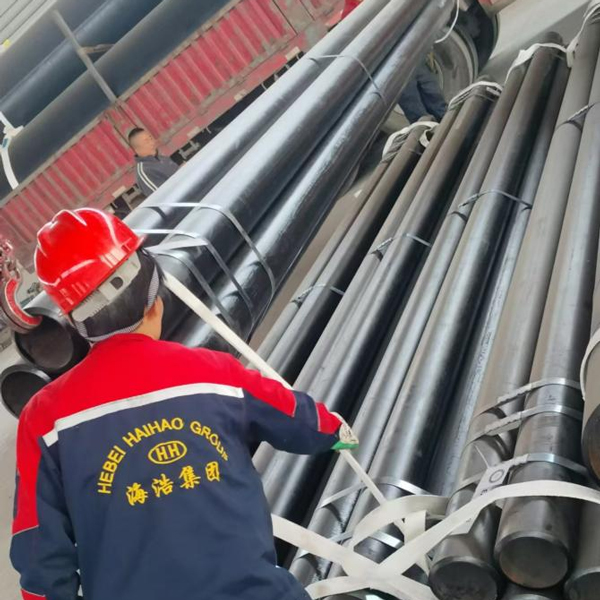Forecast for the Ferroalloy market in 2025: Slightly bullish with fluctuations
The ferroalloy market in 2025 is expected to exhibit a slightly bullish trend amidst fluctuations. This outlook is shaped by a combination of factors from supply, raw material costs, and demand.
Supply Outlook
The supply of silicomanganese and ferrosilicon shows no signs of capacity shortages. As of the second week of December 2024, the operating rates for silicomanganese and ferrosilicon were only 45% and 38%, respectively. Moreover, additional silicomanganese production capacity is set to come online in 2025, indicating that the alloy production sector will continue to experience excess capacity. Consequently, the profitability of alloy manufacturers is expected to remain relatively low throughout the year.
Raw Material Costs
Coal-based energy is a critical cost component for ferroalloy production, including materials such as semi-coke, coke, and electricity. The coal market in 2024 weakened due to three primary factors: high imported coal prices, a production trajectory starting low but ending high, and thermal power consumption growth falling short of expectations. Although port coal prices have dropped to their lowest levels since the start of 2024, the outlook for 2025 suggests stable coal prices.
On one hand, excessively low coal prices may prompt production cuts driven by policy interventions, which would lift prices. On the other hand, thermal power demand is weather-dependent, and fluctuations in hydropower, wind power, or unexpected temperature changes could influence demand for thermal power. Moreover, the scope for electricity price reductions remains limited.
For manganese ore, prices have already fallen below the production costs of smaller mining operations, leading major miners to cut production to maintain pricing. Both Comilog and South African manganese producer UMK have announced reduced production. Additionally, South32’s Australian mines may resume shipments by the second quarter of 2025, signaling that manganese ore prices are unlikely to decline significantly further but will remain within a capacity release cycle. Therefore, manganese ore prices in 2025 are expected to remain largely stable compared to 2024.
Demand Outlook
In 2024, the decline in crude steel production significantly impacted ferroalloy demand. Steel output closely correlates with downstream steel demand, which has shown signs of recovery across most sectors except real estate. However, skepticism remains in the spot market regarding this recovery due to poor market expectations. For instance, demand growth in home appliances is primarily driven by government incentives, and there is concern that such policies may be phased out in 2025.
Looking ahead, the key question is whether steel demand will naturally decline or if it will receive new stimulus policies. Current indicators point to the latter. The Chinese Politburo meeting emphasized maintaining a moderately loose monetary policy and implementing “extraordinary” measures. Fiscal policy is set to shift from “active” in 2024 to “more active” in 2025, indicating an anticipated increase in fiscal expenditure. This robust fiscal stimulus is likely to result in continued growth in broad fiscal spending, which, despite time lags, is expected to ultimately boost steel demand.
Market Outlook for 2025
Considering the absence of supply bottlenecks and the potential for demand recovery from the bottom, the ferroalloy market in 2025 is anticipated to operate with slight bullishness amid fluctuations. While excess production capacity will keep alloy manufacturers’ profits restrained, potential macroeconomic stimulus and improved demand fundamentals could provide upward momentum.
In summary, the ferroalloy market in 2025 is poised for a period of cautious optimism, driven by stable raw material costs, manageable supply, and the possibility of demand recovery supported by proactive fiscal and monetary policies.


